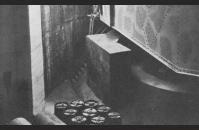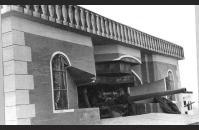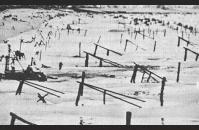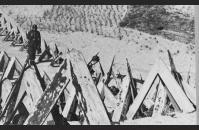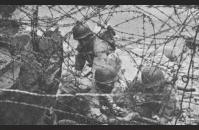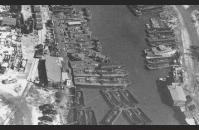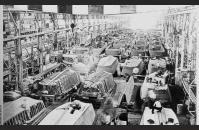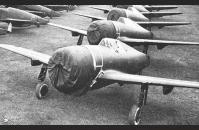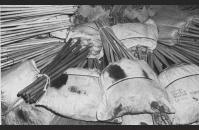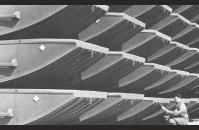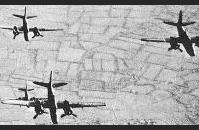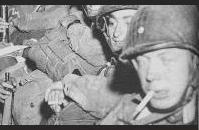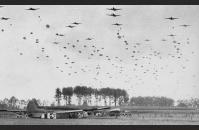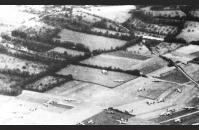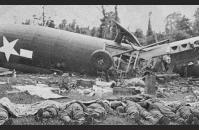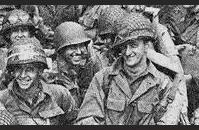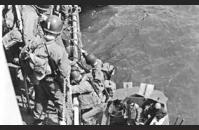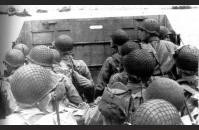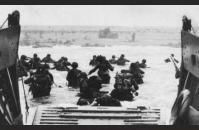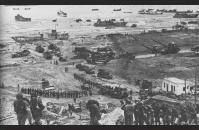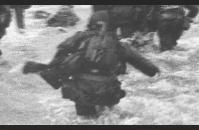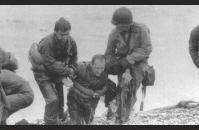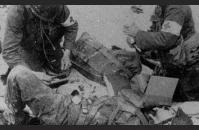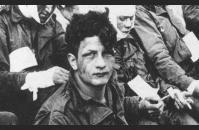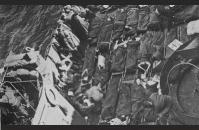LESSON PLAN:
A Picture’s Worth 1,000 Words: “Reading” Photographs as a Primary Source
Primary sources can be documents, pictures, or artifacts that were produced during a certain time. Because they are a primary source, photographs can be a very useful piece of information when analyzing historical events. They provide concrete, visual evidence that allow students to conceptualize events of the past when viewed with a critical eye. The following sets of photographs related to the D-Day invasion of Normandy give students an opportunity to examine and analyze the complexities of that operation’s planning and engagement.
Objective:
Students will analyze the complexity of the D-Day operation by learning to “read” primary source photographs from the time period.
Grade Level: 7-12
Standards:
History Thinking Standard 2—the student comprehends a variety of historical sources and can draw upon photographs to clarify, illustrate, or elaborate upon information presented in historical narrative.
Content Era 8 (1929-1945), Standard 3B—the student understands World War II and how the Allies prevailed. Standard 3C—the student explains how the United States mobilized its economic and military resources during World War II.
Time Requirement: One to two class periods.
Download a printable pdf version of this lesson plan
Directions:
1. Introduce this activity as a “photograph-reading” exercise. Be sure to discuss how to “read” a photograph before students begin. A D-Day Fact Sheet is included if students need a brief overview of D-Day.
2. Divide the class into five groups and assign each group one set of photographs—A through E (5 photos in each set). Have each group choose a recorder and a presenter.
3. Give students 10-15 minutes to view and discuss their photos within each group. Students should study each picture carefully, examining them for information about their set of photographs specific part in the D-Day Invasion.
4. Copy and pass out one worksheet for each group to complete.
5. The groups will then present their results while showing their photographs to the class. Make sure the photos in each group are presented in order. Presentations should include group title, a brief description of each photograph, and the group’s interpretation of how their photographs fit into the chronology of D-Day.
6. After all five presentations, the teacher will lead a review discussion on how these photographs fit into the D-Day chronology and how photographs can be used as primary sources when analyzing historical events.
Assessment:
Components for assessment include the group worksheet and the presentation.
Enrichment:
Have students write descriptive paragraphs about any current event by “reading” photographs from newspapers and magazines.
Photo Gallery for Discussion:
Directions: Photographs are important primary sources of historical information. They help us visualize events as they occurred, offering the careful viewer important clues for interpreting the past. Use your set of D-Day photographs to gain a better understanding about the events that unfolded during the Allied invasion of Normandy. Make sure to examine your photos for several minutes before you begin your discussion questions.
1. Give a title that represents the content or theme of your set of photographs.
2. Present details from each photograph explaining how it fits into your set and relates to your title.
3. Is there anything in your photographs that you do not understand, that you do not recognize, or that raises questions that would require further research?
4. How do you think your set of photographs fit into the timeline of D-Day?
5. What are the pluses (+) and minuses (-) of using photographs like these to analyze historical events?
Download a printable pdf version of this lesson plan
TAKE ACTION:


EDUCATION PROJECTS:
Student Travel – WWII Educational Tours
High school and college students, learn the leadership principles that helped win WWII on a trip to France or during a weeklong residential program in New Orleans. College credit is available, and space is limited.
See You Next Year! HS Yearbooks from WWII
Collected from across the United States, the words and pictures of these yearbooks present a new opportunity to experience the many challenges, setbacks and triumphs of the war through the eyes of America’s youth.
The Victory Gardens of WWII
Visit the Classroom Victory Garden Project website to learn about food production during WWII, find lesson plans and activities for elementary students, get tips for starting your own garden and try out simple Victory Garden recipes!
The Science and Technology of WWII
Visit our new interactive website to learn about wartime technical and scientific advances that forever changed our world. Incorporates STEM principles to use in the classroom.
Kids Corner: Fun and Games!
Make your own propaganda posters, test your memory, solve puzzles and more! Learn about World War II and have fun at the same time.


